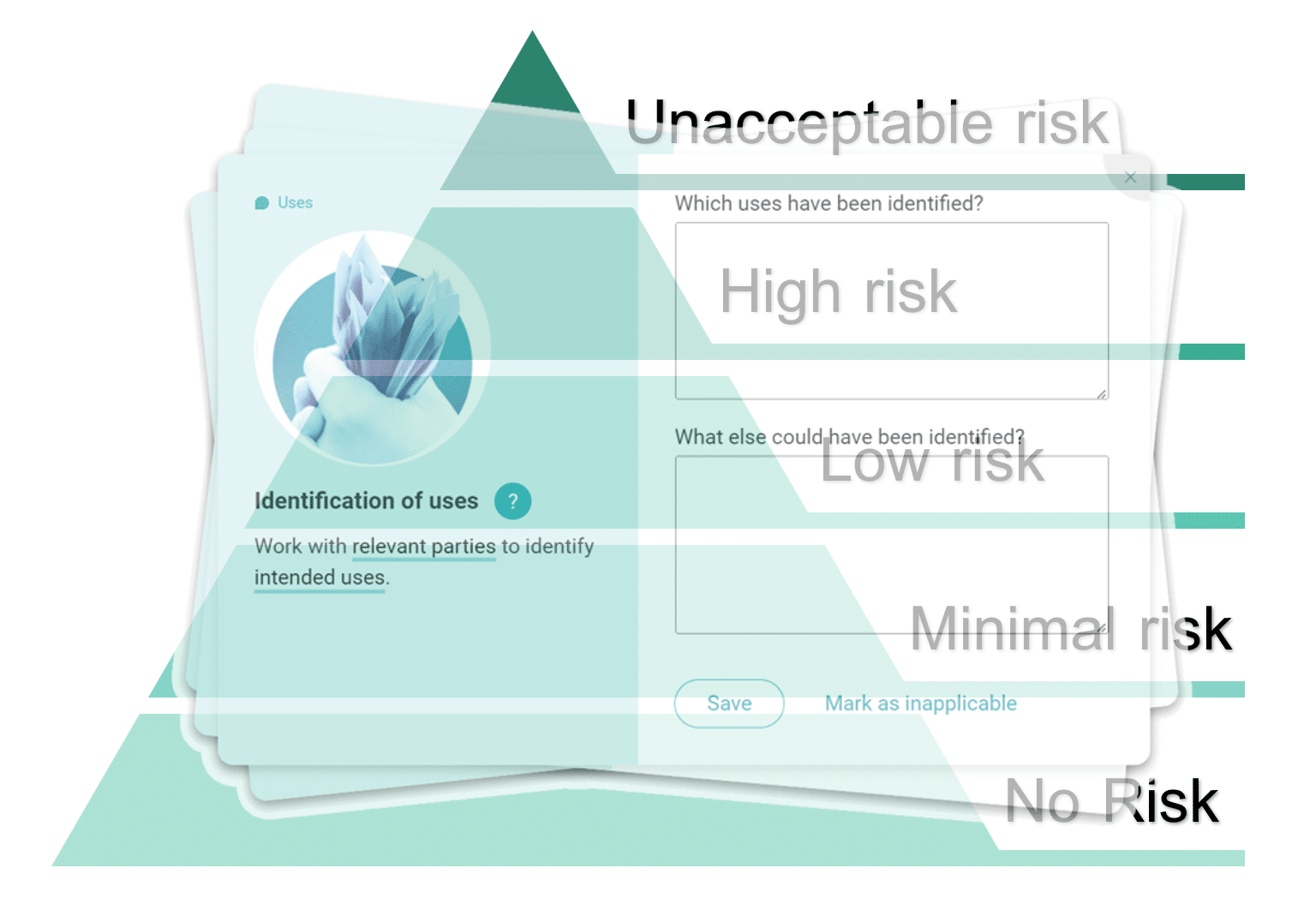
Credits: Social and Responsible AI Team, Nokia Bell Labs
Description
In the context of rapid AI integration into urban design workflows — from simulating stakeholders to generating zoning scenarios — designers are increasingly expected to understand not only how to use AI tools, but also what risks and responsibilities come with them. This seminar equips students with emerging methodologies to anticipate and evaluate the risks of AI use before harm occurs. Drawing from regulatory frameworks like the EU AI Act, Responsible AI design practices, and strategic foresight, students will learn how to interrogate their own AI-supported design ideas.

Figure caption: Creating augmented reality locations for urban games offers new ways to engage with public space. Yet, as documented in the Atlas of AI Risks, Pokémon Go disproportionately placed game locations in wealthier, white neighborhoods – reflecting bias in the crowdsourced mapping data used to train the system. This case reveals how AI-driven urban experiences can unintentionally reproduce spatial and racial inequalities.
Learning Objectives
This seminar provides students with frameworks and techniques to critically assess the role of AI in their own research and design projects. By the end of the course, students will be able to:
- Learn to describe AI uses within design workflows using language aligned with regulatory taxonomies (e.g., the EU AI Act).
- Use the AI Design prompt cards to reflect on and document decisions related to fairness, accuracy, and transparency of their AI uses.
- Apply strategic foresight tools to envision failure scenarios and long-term societal impacts.
- Evaluate what creative agency they want to preserve in the age of AI-assisted design.





